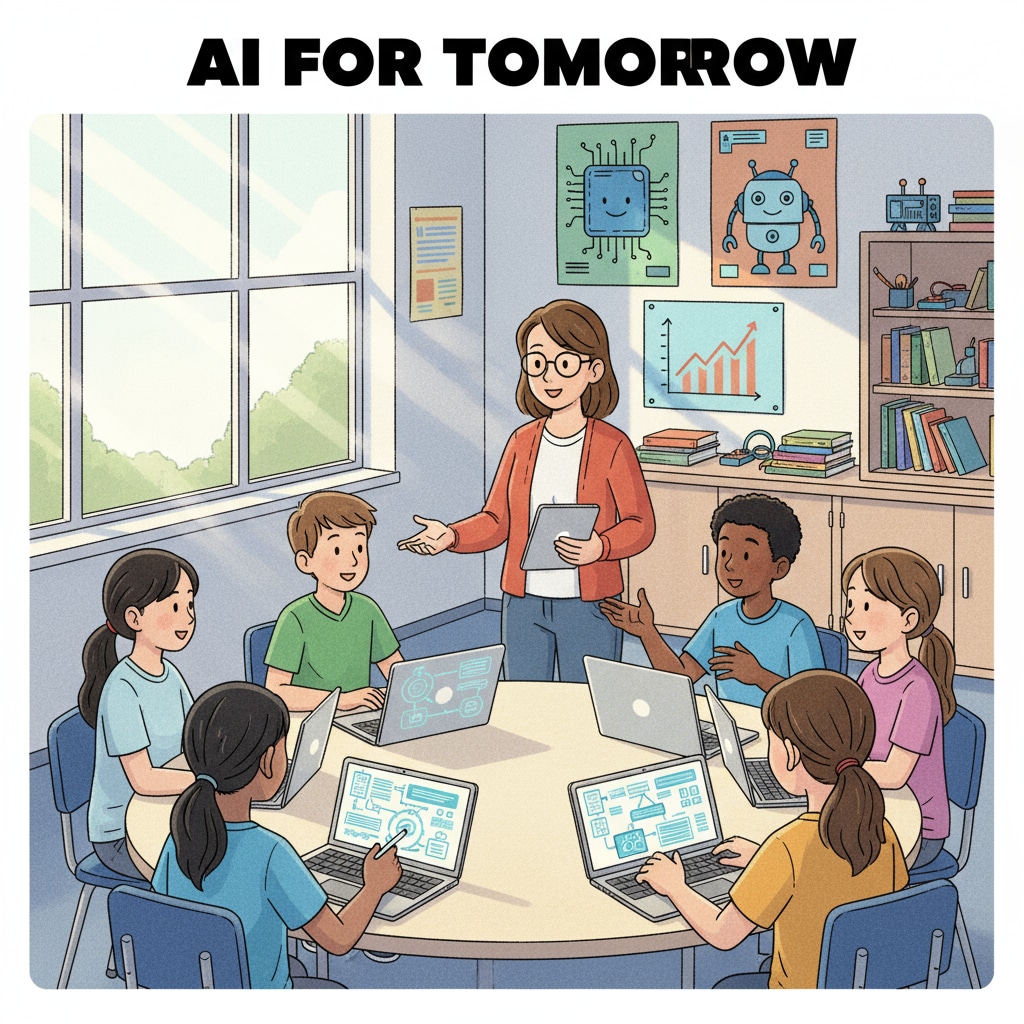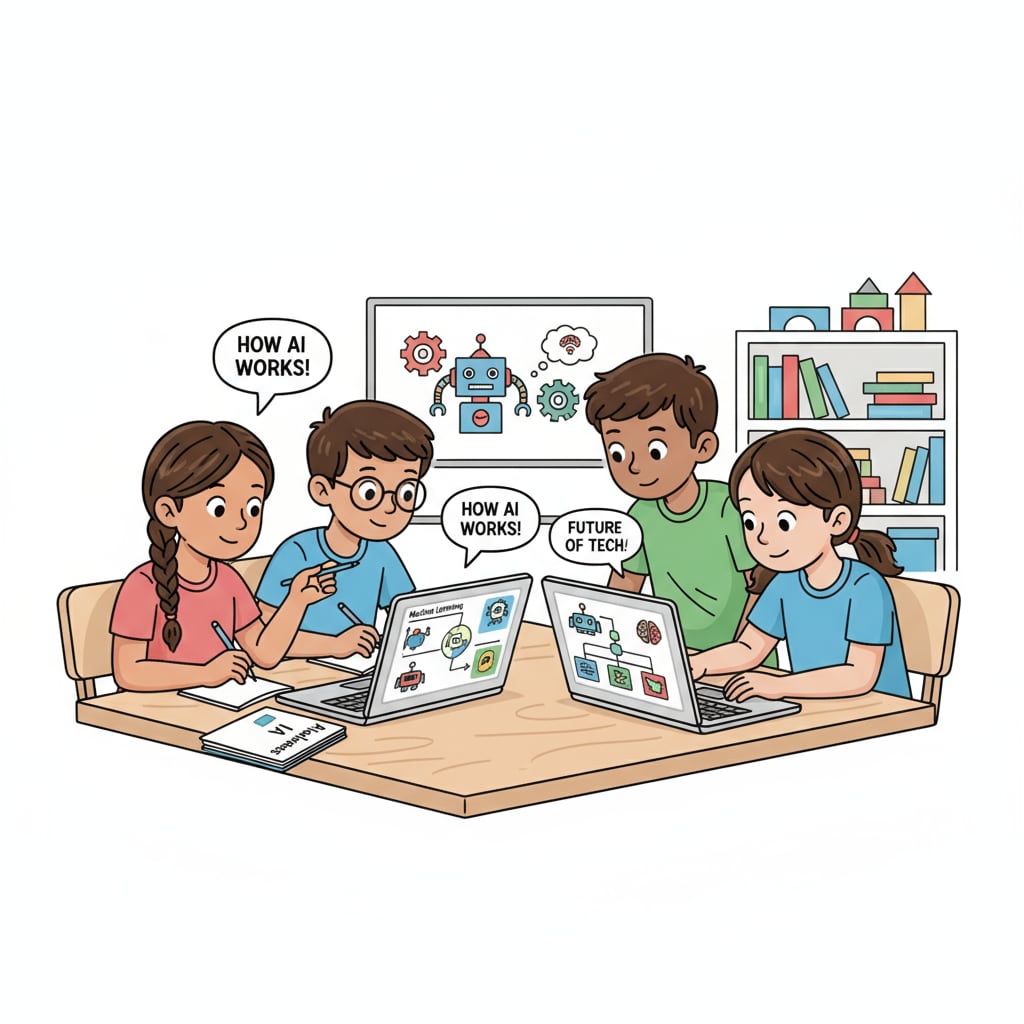Artificial intelligence education, especially in the context of the impact of ChatGPT and inspired by existing university courses, is rapidly becoming a topic of great interest. As AI technology advances at an unprecedented pace, the idea of integrating AI use education into K12 classrooms is emerging. But is this a step towards a more educated future or a potential harbinger of a dystopian scenario?

The Need for AI Literacy in K12
In today’s digital age, AI is everywhere. From the personalized recommendations on streaming platforms to the voice assistants on our smartphones, it’s an integral part of our lives. For K12 students, understanding AI is no longer a luxury but a necessity. Just as university courses now incorporate AI to prepare students for the modern workforce, K12 education needs to lay the foundation. By introducing AI literacy early, students can develop critical thinking skills to analyze how AI systems work, make informed decisions, and even start to innovate with this technology. For example, they can learn to recognize bias in AI algorithms, which is a crucial aspect of responsible AI use. Artificial intelligence education on Wikipedia

Potential Implementation Methods
Integrating AI use education into K12 could take various forms. One approach could be to develop dedicated courses similar to the comprehensive university courses on AI. These courses could cover fundamental concepts like machine learning, natural language processing, and computer vision in an age-appropriate manner. Another way is to infuse AI content into existing subjects. For instance, in science classes, students could study how AI is used in data analysis for scientific research. Art classes could explore how AI is being used in digital art creation. Additionally, hands-on projects and workshops can be organized, where students get to build simple AI models using pre-built tools. This practical experience would give them a taste of what it’s like to work with AI, much like students in university courses gain practical skills. Artificial intelligence on Britannica
The potential benefits of AI use education in K12 are numerous. Firstly, it can enhance students’ problem-solving abilities. AI presents a new set of problems and challenges that require innovative thinking. By engaging with AI in the classroom, students learn to break down complex problems into manageable steps, a skill that will serve them well in all aspects of life. Secondly, it can boost their creativity. AI can be a tool for creative expression, whether it’s in writing stories, creating music, or designing visual art. Finally, it prepares them for the future job market. As more industries adopt AI, having a basic understanding of this technology will give K12 students an edge when they enter the workforce, similar to how university courses in AI better prepare graduates for relevant careers.
However, there are also potential drawbacks. One concern is the digital divide. Not all K12 students have equal access to technology and resources needed to learn AI. This could further widen the gap between students from different socioeconomic backgrounds. Another issue is the lack of trained educators. Many teachers may not have the necessary expertise in AI to effectively teach these courses. Moreover, there’s a risk of overemphasis on technology at the expense of other important aspects of education, such as social and emotional learning.
Readability guidance: We’ve used short paragraphs to make the content easier to digest. Lists could be further incorporated in future expansions. Passive语态 has been minimized, and transition words like ‘however’ and ‘firstly’ have been used to improve flow.


